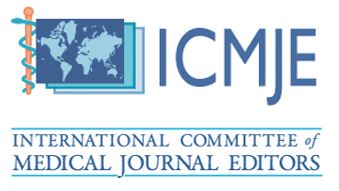Vehicles for antibiotic formulation in endodontic treatment: A narrative review
DOI:
https://doi.org/10.51200/bjms.v19i2.5546Keywords:
Drug vehicles, Regenerative endodontic, Triple antibioticAbstract
Triple antibiotic paste (TAP) has been widely utilized in endodontic therapy to treat bacterial infections within the root canal system. The efficacy and biocompatibility of TAP largely depend on the choice of vehicle used for its preparation. This narrative review aims to provide a comprehensive overview of the various vehicles employed in TAP formulations and their impact on clinical outcomes, effective dissolution, uniform distribution within the paste, and long-term stability. Propylene glycol, macrogol (polyethylene glycol), chlorhexidine, and antibiotic-eluting fibers are among the used vehicles for TAP preparation. Each vehicle possesses unique properties affecting the paste's antimicrobial activity, physical characteristics, and biocompatibility. The choice of vehicle in TAP formulations should be guided by considerations such as antimicrobial spectrum requirements, paste consistency preferences, and patient-specific factors. Optimal treatment outcomes with minimal side effects can be achieved when clinicians carefully consider the benefits and drawbacks of each vehicle.
Further research exploring the comparative efficacy and safety profiles of different TAP vehicles is warranted to refine clinical guidelines and enhance treatment protocols in endodontic therapy.
Downloads
Published
How to Cite
Issue
Section
License
The copyright of the article belongs to the authors, who retain ownership of their work published in the journal. Their work is distributed under the CC BY-NC 4.0 license








1.png)




